Why Scotland’s women hikers still find themselves on unequal footing
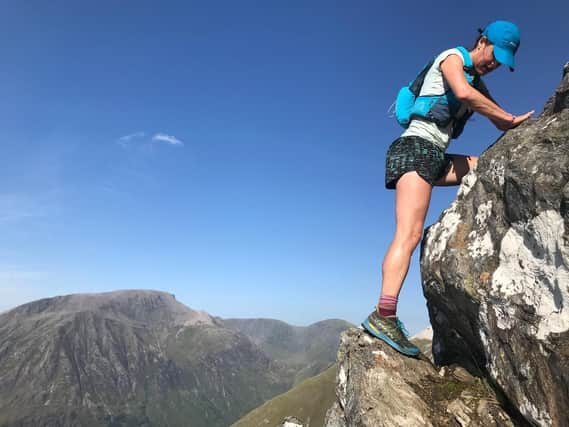

In spite of this, Claude Benson went on to write in his 1909 British Mountaineering manual that “lady mountaineers” were “moderately helpless” in the art of rope tying. He added a plea to these women to tend to their appearance and “start neat” when heading out on expeditions to avoid “mak(ing) a guy” of themselves.
Just over 100 years later, 30 year old Yvette Webster was one week into a hike that would see her become the first solo woman to to cross the country on the Scottish National Trail when she encountered another hiker along the way:
Advertisement
Hide AdAdvertisement
Hide Ad“I met this older man and told him what I was doing, he basically said to me ‘are you sure you should be doing this, it’s very dangerous in the Highlands’ and he started to put all these doubts in my head... it spooked me quite a bit”.
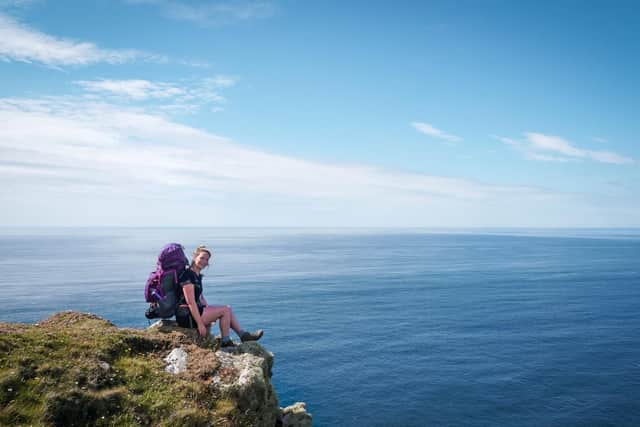

In a century that saw women secure the vote, strive towards equal pay and gain sexual freedom, it would seem that gender parity is still lacking in some areas - something Scotland’s women hikers and mountaineers know all too well.
From a lack of female role models to problems with confidence, women in Scotland are still facing barriers to outdoor activities in 2020. Yet with all-women walking groups, initiatives and online communities springing up more regularly than ever, many hope that the tide is beginning to turn.
Teaching women to avoid risk
From Caspar Friedrich’s Wanderer above the Sea of Fog to Bear Grylls, men have been the default “adventurer” in art, literature and TV shows for centuries. It’s estimated that even today, up to 90 per cent of key nature writing anthologies are male-dominated.
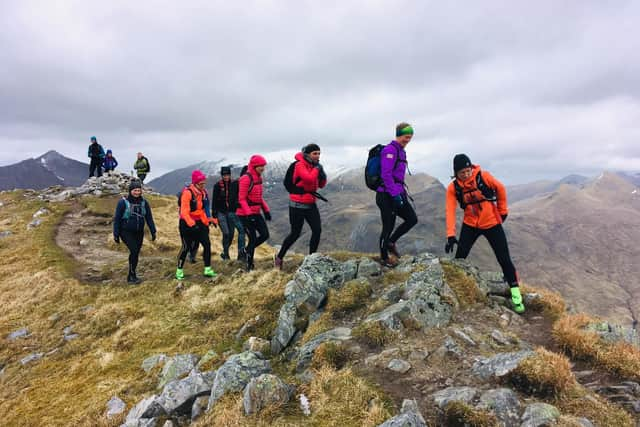

For well over 100 years, women like Jane Clark and Yvette Webster have weathered patronising comments and the odd raised eyebrow out on the hills of Scotland - but many more don’t even leave the house to begin with.
A 2015 study from Sport England found that women represent just 35 per cent of participants in outdoor activities like hiking and mountaineering, with the typical profile of an “outdoor participant” emerging as male, white and middle-class. Female role models in outdoor sports still remain lacking.
This lack of participation in the outdoors appears to start early, with research showing 13-15 year-old girls to be one of the least active populations in the UK. A 2018 study - also conducted by Sport England - discovered that many young girls felt unwelcome in outdoor play spaces, with stats on playground use backing up anecdotal evidence that boys utilise them more than girls do.
Gendered messaging from wider society is partly to blame, with girls typically taught from a young age to be more risk-averse and fearful of potential danger than their brothers and male peers. Nature - and woods especially - says Yvette, epitomise this fear of the unknown for girls and women:
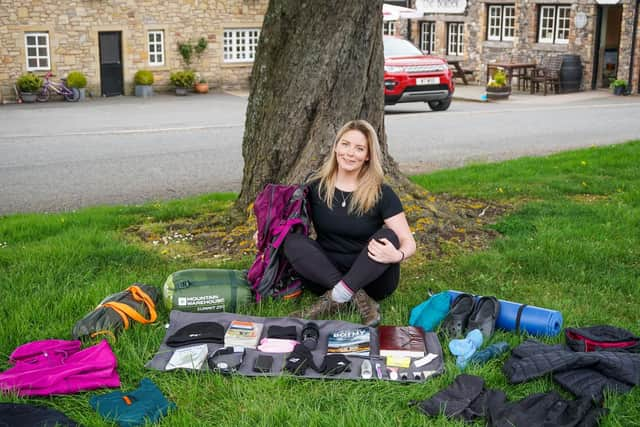

Advertisement
Hide AdAdvertisement
Hide Ad“There's the fear that if you go out by yourself and if you're in the woods you'll get raped...it’s what I was taught growing up. It’s always the female in the movies turning to the man for advice”.
A perceived lack of confidence
This lack of exposure to nature creates a vicious cycle, making women less likely to learn practical “outdoorsy” skills and thus less confident when it comes to hiking or mountaineering. Often lasting well into adulthood, “Girls on Hills” hiking and running group founder Keri Wallace believes it’s this lack of confidence preventing so many women from taking full advantage of Scotland’s world-renowned landscapes:
“Having spoken to lots of women about this, I’ve heard them say things like ‘oh I’m not fast enough, I’m not good enough, I’ll hold everyone back’, or, ‘I don’t know how to navigate’”.
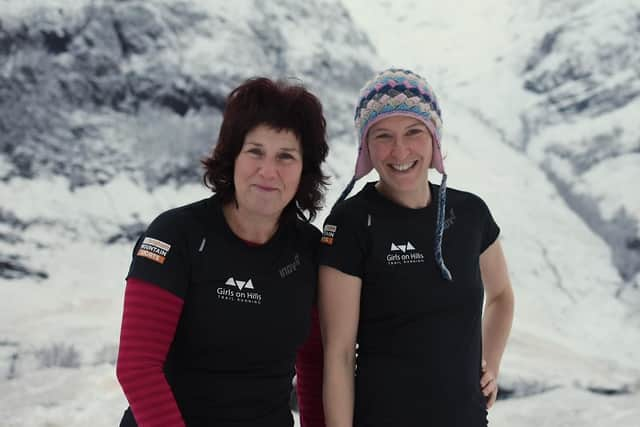

Oftentimes, this lack of confidence is a self-imposed condition, says Yvette, who says that in spite of initial fears about hiking the National Trail solo, her worries turned out to be unfounded:
“When I actually went through the Highlands, I found I was far more capable of coping with it than I originally thought”.
Yet these doubts can also be seeded by other people, says Yvette. On her solo hikes she faced comments on everything from “lectures on the correct kit” to concerned quips like “you do realise it’s really rough in the Highlands?” The assumption, she says, seemed to be that “[as] I was blonde and female...I would struggle more than if I was male”.
The empowering potential of the outdoors
The irony of this concern, says Yvette, is that hiking solo - in her experience - felt much safer than walking alone in an urban area:
“I was actually really scared the first night I was by myself...and then I realised that it’s really safe out here. You’re more likely to have something happen [to you] in a city if you’re walking home from the pub by yourself”.
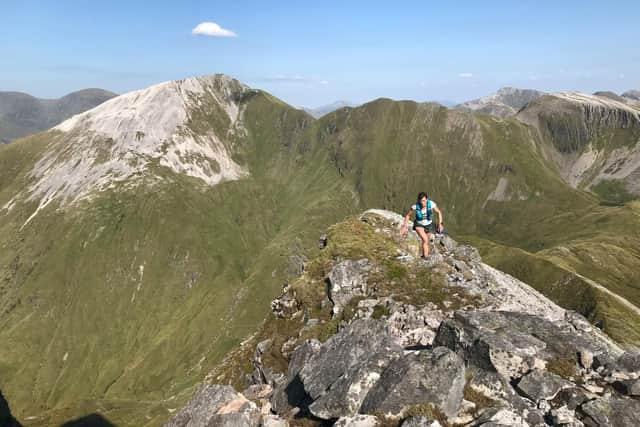

Advertisement
Hide AdAdvertisement
Hide AdKeri Wallace shares this view, explaining that she sees women quickly realise the empowering potential of hiking and trail running once they get started:
“If you just take steps to learn the basics, [of navigating] then it’s actually incredibly liberating because suddenly you’re looking out for yourself. It’s almost like a primal survival thing”.
Keri started her “Girls on Hills” group with a friend back in 2018 after moving to Scotland and wanting to create a community for women who might be intimidated by “traditional” pathways into hiking and trail running. The group runs everything from classes on the basics of navigation right up to advanced trail running in the Glencoe area.
Starting the group opened Keri’s eyes to the numerous barriers women face when it comes to the outdoors, with issues ranging from women who “fear looking a bit flushed by the exertion” to those “intimidated by just going for a pee outdoors”.
Most of the physical barriers to hiking, mountaineering and other outdoor sports no longer exist, says Keri. But in their place, she says, are “perceived barriers” which are just as effective at disbarring women from getting outside:
“There are a lot of women who are like: ‘there are no barriers, just get on with it and do it’, and of course that's true, there are no physical barriers and if you've got that personality then you're very lucky. But unfortunately, that's not the case for lots of women”.
Improving mental health on the hills
The all-women nature of Girls on Hills, says Keri, has provided a perfect, non-competitive atmosphere for women to build up their confidence and quash fears around navigation and body consciousness. Many, says Keri, find that all their fears and lack of confidence were totally unfounded:
“I find that whenever women sign up for the courses, they always either downplay or underestimate their capabilities. And then when they come out, they're like, ‘Oh, I can do more than I thought’”.
Advertisement
Hide AdAdvertisement
Hide AdIt’s not just confidence women gain on the hills either. One happy consequence of the all-women group has been members opening up to each other about things they might be struggling with in life:
“We’ve found that lots of women are opening up about their own lives when they’re out in the hills...that’s one thing we hadn’t quite anticipated - the therapeutic value of getting out in the hills”.
That’s not to say walks can’t be tough, however. But in Yvette’s experience, it’s this very difficulty that makes outdoor pursuits so worthwhile:
“I was putting myself through something that was very physically hard on my body. And it taught me to be mentally strong, because I just had to keep going”.
Widening participation
With Scottish doctors now prescribing hill walking to patients, it’s more than just outdoor enthusiasts convinced of the therapeutic health benefits of hiking, hillwalking and mountaineering.
Groups like Girls on Hills are determined to work at the barriers that women are still up against when it comes to outdoor activities, with Keri noting that “we are still essentially experiencing the repercussions of generations of women being repressed”.
That’s why the group has partnered up with university academics and the Forestry Commission, the National Trust, and the John Muir trust as part of a new research network named "Women in the Hills". Led by Dr Rachel Hewitt (Newcastle University), Dr Kerri Andrews (Edge Hill University) and Dr Joanna Taylor (University of Manchester), the network will look at the barriers to the outdoors that women have faced in the past and those that they face today, producing a set of recommended interventions to widen participation in the outdoors.
They also aim to, in Keri’s words, “reintroduce women's experiences of the outdoors over the years”, looking at nature writing by women that’s traditionally been left out of the canon.
Advertisement
Hide AdAdvertisement
Hide AdIt won’t be an easy task, but Keri does believe that gender imbalance is already “really changing” in the outdoors, with groups like her own appealing to the “sense of adventure” that women often want, but feel blocked from fulfilling.
Yvette, who lives in Scotland and runs a blog documenting her adventures in the outdoors, says she’d encourage any woman to give it a go - no matter how inexperienced they might feel:
“My advice would be...start with something really small...you could ask a friend to go for a walk through a local trail that’s close to your house….then just build on that”.
She admits that in spite of being a fairly experienced hiker, when she set out on the National Trail in 2018 she “hadn’t wild camped for 15 years - the last time I did was on a high school camp”.
“Women don’t give themselves enough credit...If I can go out and I can do that...I honestly believe any single woman can go out there and do it”.